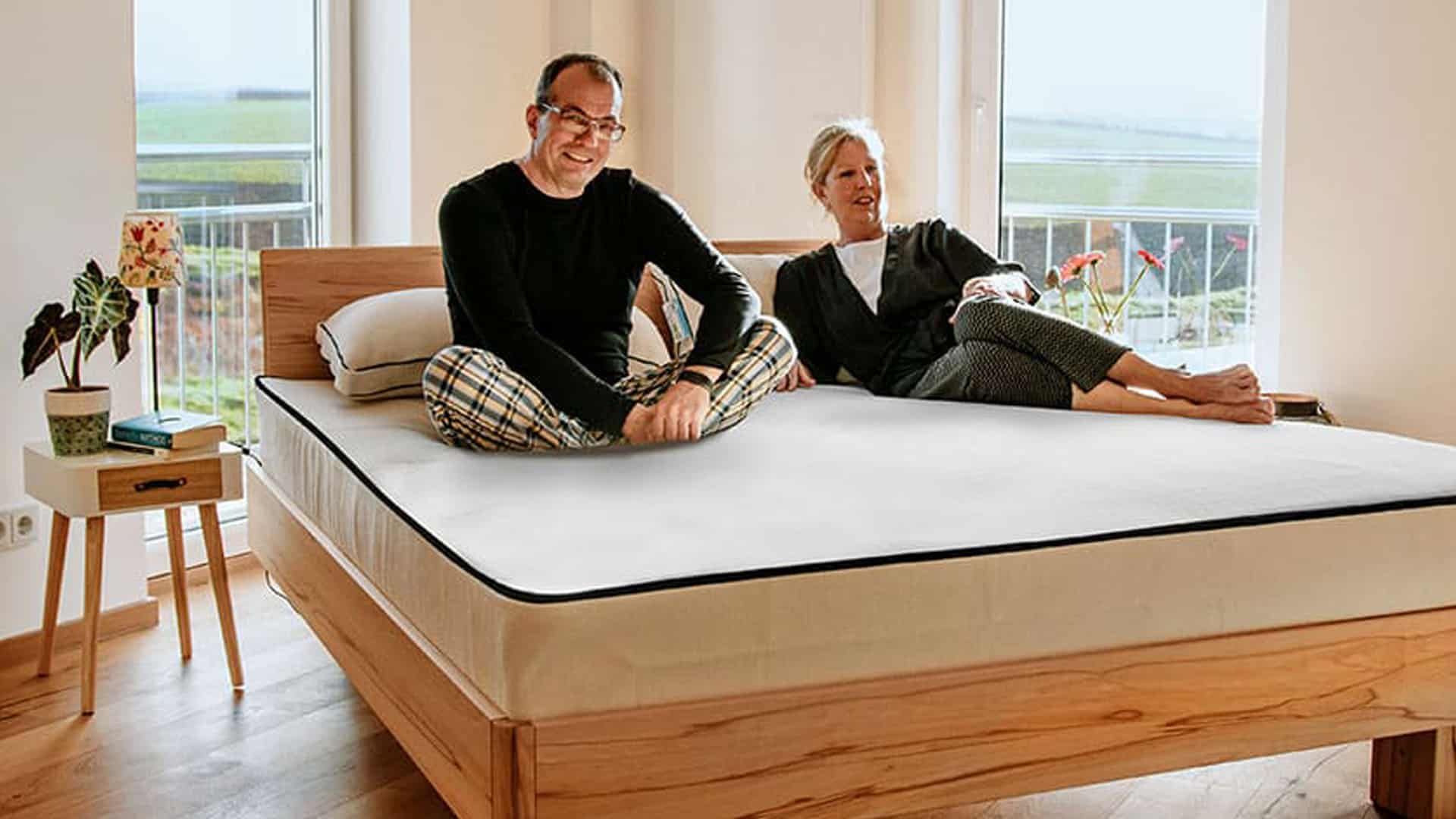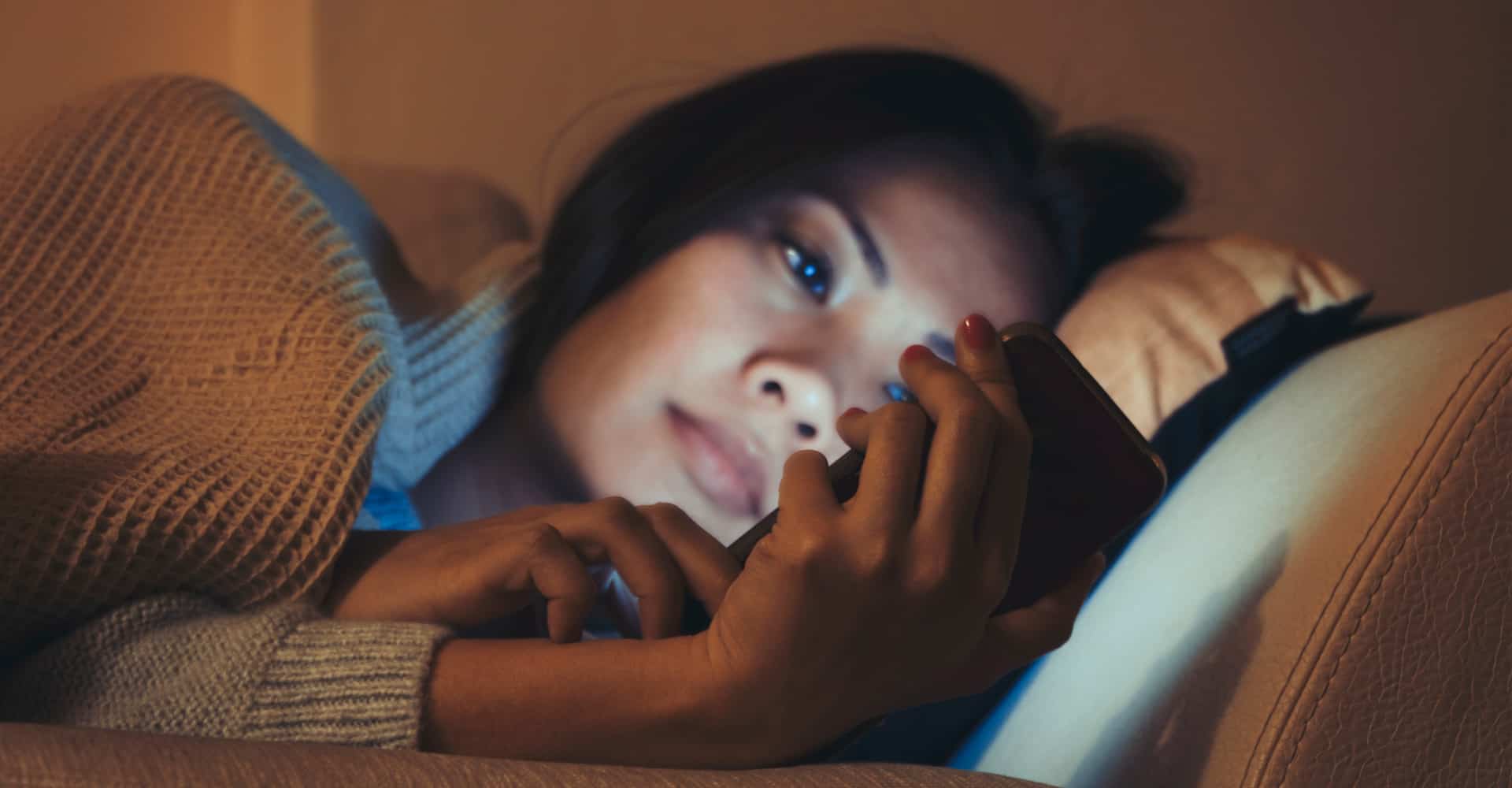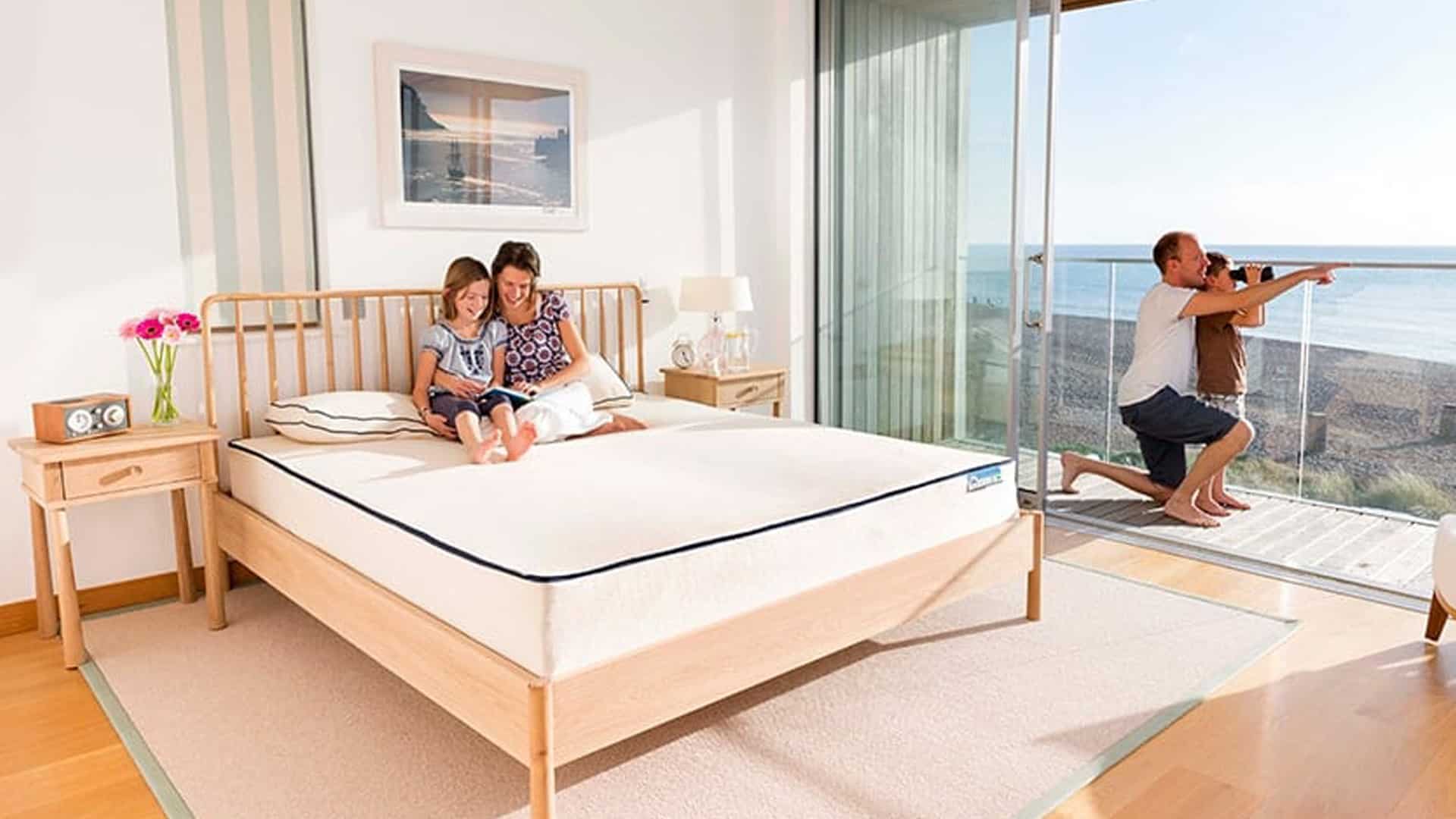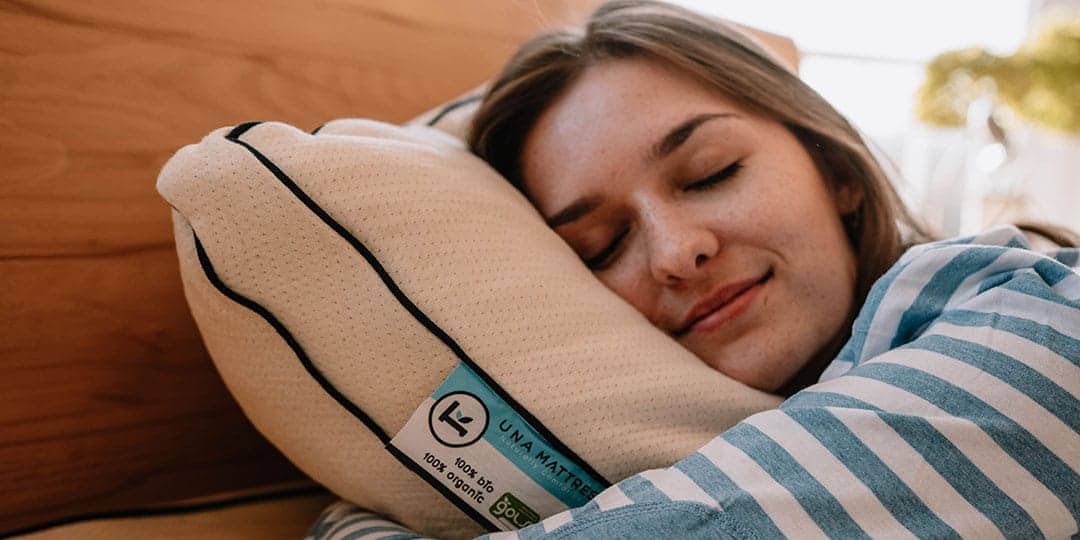SITE LOGO
LINK 1 – LINK 2

Advertorial
5 Ways to Fall Asleep Faster and Wake Up Refreshed

If you find yourself routinely unable to fall asleep or stay asleep, don’t reach for the sleeping pills just yet! There are a number of scientifically proven things you can do to really improve the quality and quantity of your sleep that don’t involve pharmaceutical drugs. Explore them below…
1. Avoid bright lights when it goes dark.
Plenty of research conducted all over the world has now concluded that bright light, and especially blue light exposure after it goes dark makes it harder for most people to fall asleep and stay asleep.
Bright light exposure after daylight hours confuses the body into thinking it’s still light outside and disrupts the natural circadian rhythm which is what signals to all the cells in the body when its time to be awake and active and when its time to sleep.
Further, blue light in particular has a short wave length and this suppresses melatonin release more than other wave lengths. Melatonin is the hormone released at night that makes us naturally sleepy and signals to our bodies that it’s time to sleep.

Action tip: “Reduce bright light exposure at night by turning off large overhead lights in your home and instead opt for using dim lamps. Work especially hard to reduce night time blue light exposure which largely comes from tech gadgets like smartphones, laptops and TV’s by either limiting their usage when it goes dark or using blue light blocking glasses.”
2. Limit caffeine consumption after midday.
You might think that mid-afternoon Starbucks latte isn’t doing your sleep any harm but you could be sorely mistaken. Caffeine consumption after midday could very well be the reason why you’re struggling to fall asleep and stay asleep.
Caffeine gives you that energy high by blocking a compound in your body called adenosine which accumulates in the body over the day and makes you feel sleepier as it does so. Blocking it makes a lot of people feel artificially awake and alert even when they’re tired.
The bigger issue is that even when the immediate buzz of caffeine has worn off, hours later it’s still very much working in your system suppressing adenosine. Caffeine has a half-life of approximately 5 hours, which means that after 5 hours half of it will still be working in your system.
So, half of that 4pm coffee is still going to be working its adenosine blocking magic in your body at 9pm, which could be making it much harder for you to switch off and go to bed when you need to at night.

Action tip: “Stop caffeine consumption after midday to give the caffeine more than enough time to work its way out of your system and not disrupt your sleep. For even better results, stop consumption after midday and half the level of daily consumption.”
3. Make your room cool.
A cool room has been shown to help you fall asleep faster and potentially even improve sleep quality. When it draws close to bedtime our circadian rhythm naturally causes our bodies to have a slight drop in temperature to signal sleep, and the cooler your room, the more you facilitate that process.
Professor Michael Decker (P.h.D) a spokesman for the American Academy of Sleep Medicine, explains this phenomenon by saying that “as we sleep, our body acclimates to the room temperature” and “if we lower our body temperature a little bit in a cooler room, we tend to sleep better.”
Some research studies support this, such as this one from Kazue Et Al which concluded that “in real-life situations where bed covers and clothing are used, sleep is actually disturbed during heat exposure rather than cold exposure in the young, as well as in the elderly”.

Action tip: “Ensure your room is cool when you go to bed to facilitate the onset of sleep and improve sleep quality. But, don’t go overboard, as there is such a thing as it being too cool too. Christopher Winter, medical director at Charlottesville Neurology and Sleep Medicine, says your bedroom should be between 60 to 67 degrees Fahrenheit for optimal sleep. Temperatures above 75 degrees and below 54 degrees can disrupt sleep.”
4. Exercise during the day.
That early morning gym session could do more than just help you shift a couple of extra pounds. Mounting research is showing that moderate exercise during the day helps you sleep at night, and you don’t need to be working out for weeks to start seeing the sleep benefits.
As is stated by Charlene Gamaldo, M.D of Johns Hopkins Center for Sleep “we have solid evidence that exercise does, in fact, help you fall asleep more quickly and improves sleep quality”, and she’s not wrong. Growing evidence is now showing how exercise helps shut eye.
Research reported in the NIH shows that “physical activity increases time spent in deep sleep” which is known as the most restorative stage of sleep. In additional to sleep quality, exercise also causes an “increase the duration of your nightly rest” as “being physically active requires you to expend energy” which helps you “feel more tired and ready to rest at the end of the day”.

Action tip: “If you haven’t already, pick up a regular exercise routine. The amount and type of exercise that will most positively impact sleep is largely dependent on the individual. So, experiment with different workouts, for different time periods and during different times of the day to see which combination leads you nodding off the quickest at night and feeling most refreshed in the morning.”
5. Investin a mattress that really promotes great sleep.
Research is finding that the mattress you rest on can have a huge impact on sleep quality and quantity. Who would have thought?
This study in particular found changing the participants mattresses led to a significant “48% improvement in back pain and a 55% increase in sleep quality”.
Additionally, a large study by Krystal and Edinger tested 128 participants over 7 different mattress firmness ratings over a period of four weeks and in total evaluated 16,000 nights of sleep. Their conclusion was that “even small differences in mattress support (soft, medium, firm) correlated with changes in sleep and pain”.
At Una we have committed countless years to taking all of the research on board and making the most comfortable and supportive mattress on the market that will suit every body type.
The secret lies in our use of latex as the principle material. Unlike springs and memory foam, latex truly adapts to all body types and weights and aids in correct spine alignment in a way that no competing material does.
With latex, heavier parts of the body like the shoulders sink in appropriately and lighter areas don’t sink but are strongly supported.
Latex truly adapts to all body types and weights and aids in correct spine alignment in a way that no competing material does.
The result? A mattress that supports every inch of your body with the right pressure for unrivalled comfort and pain alleviation leading to deeper, more restorative sleep.
Dozens of our previous customers have left reviews extatically telling us and the world how their Una Mattress has improved their sleep, helping them get to bed faster and stay asleep for longer.
We want you to be our next sleep success story. We’re confident our Una Mattress will help you sleep faster and deeper. We offer a 100-night trial, so you have nothing to lose!

Check out the UK’s only fully organic, completely adjustable mattress
REFERENCES: https://www.health.harvard.edu/staying-healthy/blue-light-has-a-dark-side/, https://pubmed.ncbi.nlm.nih.gov/20164566/, https://www.ncbi.nlm.nih.gov/books/NBK223808/%23:~:text=The%20mean%20half-life%20of,et%20al.,%201989), https://www.huffingtonpost.co.uk/entry/winter-sleep_n_1215136?guccounter=1, https://www.ncbi.nlm.nih.gov/pmc/articles/PMC3427038/, https://www.hopkinsmedicine.org/health/wellness-and-prevention/exercising-for-better-sleep, https://www.ninds.nih.gov/Disorders/Patient-Caregiver-Education/Understanding-Sleep%23for_us, https://www.researchgate.net/publication/51434420_Measuring_sleep_quality